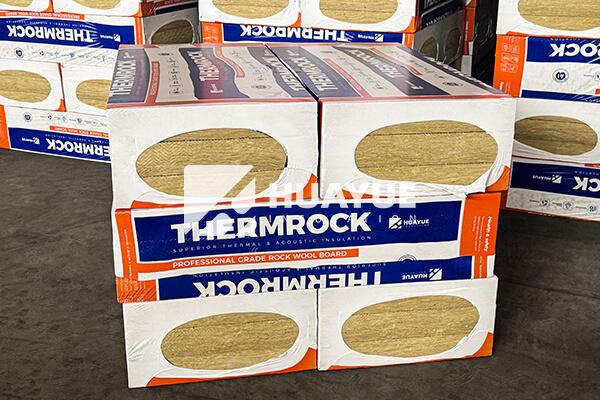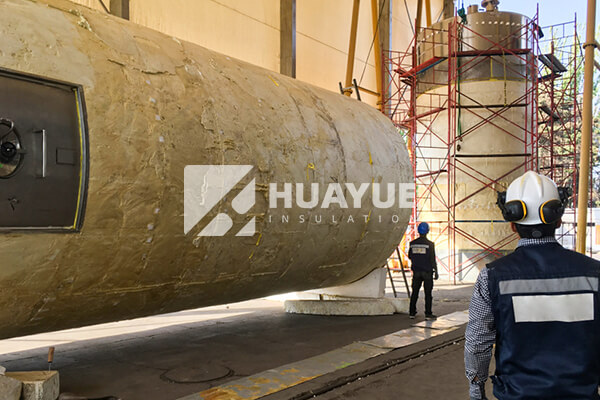What are the disadvantages of mineral wool?
Mineral wool insulation is often praised, but it is important to understand that it is not perfect. Each choice has its drawbacks, and mineral wool is no exception.
Mineral wool insulation is not biodegradable, can be hazardous to handle, is heavier than other options, and costs more up front. These are the main disadvantages you must consider.

The trade-offs with mineral wool are real. If you have concerns about long-term maintenance, budget, or installation safety, it is smart to take a closer look. I always tell my customers, every insulation material has its strengths and weaknesses. Let’s break down the most common disadvantages of mineral wool and why they matter in real-world projects.
Is mineral wool insulation dangerous to install?
Handling mineral wool can cause skin and lung irritation. Without the right protective gear, installation is risky. Many installers experience itching or breathing problems if they are not careful.
Mineral wool insulation can shed tiny fibers. If these fibers come in contact with the skin or are inhaled, they may cause irritation or even harm. Installers should always wear gloves, masks, long sleeves and eye protection. After installation, mineral wool is generally safe, but care during handling is crucial to prevent potential health issues.
Let me explain further. The fibers in mineral wool are sharp and lightweight. When you cut or move the insulation, particles can float in the air. It is easy to get them on your skin or even breathe them in. I have seen workers ignore the need for masks or protective clothing, and they soon regret it—sore throats, sneezing, itchy arms. After installation, these risks mostly disappear, but proper safety is non-negotiable on-site. At HUAYUE, we train our installers and supply the right safety gear for every roll we send out. The small extra effort in protection pays off with safer, more efficient work.
| Risk Type | Source of Risk | How to Prevent |
|---|---|---|
| Skin irritation | Contact with fibers | Wear gloves, long sleeves |
| Breathing irritation | Inhaling airborne particles | Use masks/respirators |
| Eye discomfort | Fiber dust in the air | Eye protection |
| Post-installation risk | Settled dust in living space | Proper cleanup/sealing |
Does mineral wool cost more than other insulation types?
Mineral wool usually costs more than fiberglass or foam insulation. The higher price is due to its production process, which uses high heat and special technology.
If you compare mineral wool with fiberglass, you will notice mineral wool is more expensive to buy. The manufacturing of mineral wool involves melting raw stone and spinning it into fibers in advanced factories. This requires more energy and specialized equipment. However, while the up-front price is higher, mineral wool is known for excellent heat retention (R-value), long life, and fire resistance. In projects where long-term savings or unique safety features are needed, some find the higher initial cost worth it. I tell clients: think about your goals. If lowering the purchase price is most important, mineral wool may not fit. But if durability and top performance are key, mineral wool can justify the cost in the long run.

Let’s break down the cost factors. There are three main reasons mineral wool costs more: raw materials, process, and benefits. Raw materials like volcanic rock and steel slag are more expensive to handle than glass fibers. Processing them needs hotter furnaces and more skilled workers. The end result is a denser, fire-resistant product. This comes at a price. For large jobs like insulating industrial tanks, the price difference adds up faster. HUAYUE offers mineral wool with strong quality control—so you get what you pay for—but it is true the initial payment is higher. If your budget is tight in the short run, you might want to do a cost-benefit analysis before choosing mineral wool over other options:
| Insulation Type | Upfront Cost | Durability | Fire resistance | Maintenance |
|---|---|---|---|---|
| Mineral Wool | Higher | Excellent | High | Low |
| Fiberglass | Lower | Good | Moderate | Moderate |
| Foam Board | Highest | Good | Low/Moderate | Varies |
What are the environmental concerns of mineral wool?
Mineral wool is made from natural materials, but it is not biodegradable. Disposing of it in landfills means it will stay there for a long time.
Even though mineral wool uses recycled ingredients, like steel slag, it does not break down in the soil. For environmentally focused projects, this is important. It reduces waste from other industries, but when mineral wool reaches the end of its life, it adds to landfill volume. Unlike wood fiber or cellulose insulation, which decompose more easily, mineral wool remains. At HUAYUE, I always help customers think about the full life cycle of their insulation choice and encourage recycling or safe disposal whenever possible.
Here’s what happens at end of life. Mineral wool usually lasts for decades, but eventually, old insulation is replaced. When that happens, the used product must be sent somewhere. If the country or region has recycling programs for construction waste, some of it can be reused or repurposed, but not all places have such systems. Most mineral wool is thrown away and stays in landfills. This contributes to long-term environmental impact. Compared to organic insulation, mineral wool is less eco-friendly after disposal. For those who want every part of their project to be green, mineral wool might not align fully with their values.
| Environmental Factor | Mineral Wool | Fiberglass | Cellulose | Foam Board |
|---|---|---|---|---|
| Main Material | Rock/slag | Glass | Recycled paper | Plastic/foam |
| Biodegradable? | No | No | Yes | No |
| Recyclable? | Sometimes | Yes | Yes | No |
| Disposal Impact | Long-term landfill issue | Moderate | Low | High |
Conclusion
Mineral wool offers important benefits but comes with drawbacks like installation hazards, higher cost, and environmental concerns that should be carefully weighed for each application.
You may also be interested in:
Ready to Get Started?
Get in touch with our experts for personalized solutions tailored to your needs.
Get Free QuoteLatest Articles

Fiberglass Insulation Roll - What’s Inside the Roll?
Dec 22, 2025
Let's Work Together
Ready to take your business to the next level? Get in touch with our team of experts and let's discuss how we can help you achieve your goals.
Get Free Solutions






